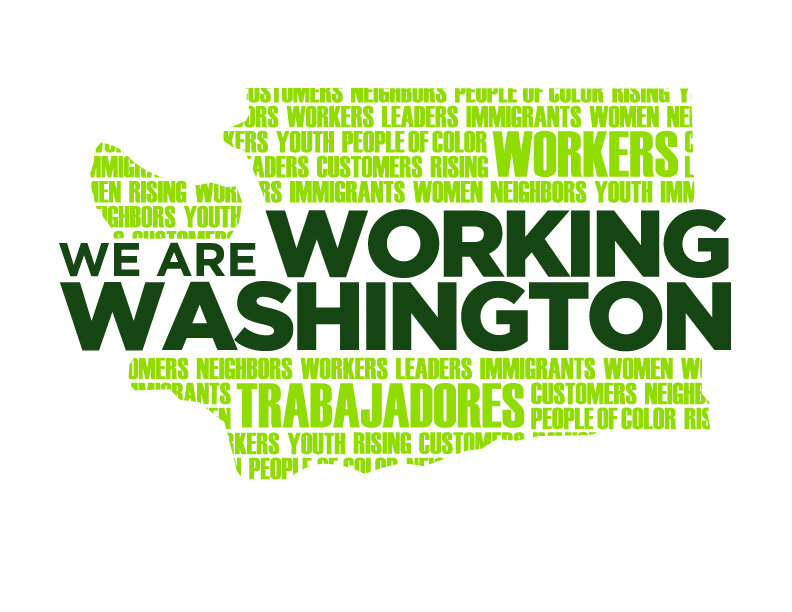With less than a week to go before the permanent closure of the viaduct, there’s already been plenty of discussion about how people who work in offices can adjust to the Seattle Squeeze. But hundreds of thousands of people in our region work in food service, retail, warehouses, caregiving, delivery, and other fields that require a worker show up at a particular workplace in order to do their jobs. Their employers have a key role to play in helping us all ride out these dramatic transportation impacts, too.
If you work in a warehouse, telecommuting isn’t an option, and if you work in a food service job that doesn’t offer stable or predictable work hours in the first place, you can’t just just decide to adjust your schedule to improve your commute.
But there are things that employers can do to ease the burden on workers, and on our whole region.
Check out our recommendations below (and in PDF here) for how employers can offer relief to the hundreds of thousands of people in our region who don’t have the option to telecommute. Then sign on to tell area business associations you expect employers in the region to do their part by accommodating the needs of employees — and let us know how your employer is doing.
What employers can do:
Provide at least two weeks’ notice of work schedules.
Employees will need extra time to plan their lives, accommodate caregiving needs, and adjust their commutes given the level of congestion and increased travel-time expected.
Set a minimum shift length of at least four hours.
Extended commute times will make short shifts particularly hard for employees, and fewer shift changes means less trips in the region.
Do not rely on on-call shifts.
Expecting employees to be prepared to come to work without notice and arrive within a short time of being called in will be practically impossible during this period.
Accommodate workers who need to modify their availability.
Employers should go the extra mile to adjust employees’ schedules to accommodate transportation challenges, and plan more shift overlap to account for added unpredictability in travel times.
Establish employee-to-employee shift swapping systems.
Employees should be allowed to trade shifts with co-workers (including those who work at different locations) so they can provide additional flexibility to each other.
Waive discipline for employees who arrive late to work due to transportation.
Employees should not be penalized for our region’s transportation squeeze, including through the application of “points” in occurrence-based discipline systems, algorithmic management systems, and similar practices.
Contribute to employees’ transportation costs.
Policies which make transit free to employees can greatly increase ridership, reducing traffic impacts for everyone.
Audit for compliance with Seattle’s Secure Scheduling Ordinance.
Large food, coffee, and retail chains doing business within the city limits of Seattle are already obligated by law to provide advance notice, pay for on-call shifts, accommodate transportation-related scheduling needs, and more.
What gig economy companies can do:
Adjust pay algorithms to give more weight to time spent on a job.
Short-distance trips may take far longer to complete than usual, so pay rates should reflect time spent on the job rather than distance traveled.
Provide workers the estimated time involved in a given job.
Workers will need this information before choosing to accept or reject a job so they can avoid longer trips if they have family obligations or otherwise require flexibility.
Don’t penalize workers for declining jobs that don’t work for them.
Nobody should risk their livelihood because they choose not to take jobs requiring long trips during a period of maximum traffic constraint.
Waive application of customer star ratings to workers’ evaluations.
Some customers will express frustration with extended travel and delivery times through in-app ratings. Workers do not have control over these conditions, so these ratings should not be applied to decisions on discipline, termination, or other evaluations.
Ensure access to company representatives when assistance is needed.
Workers should have a place to go to resolve the situation if there is a transportation-related problem with completing a job.

